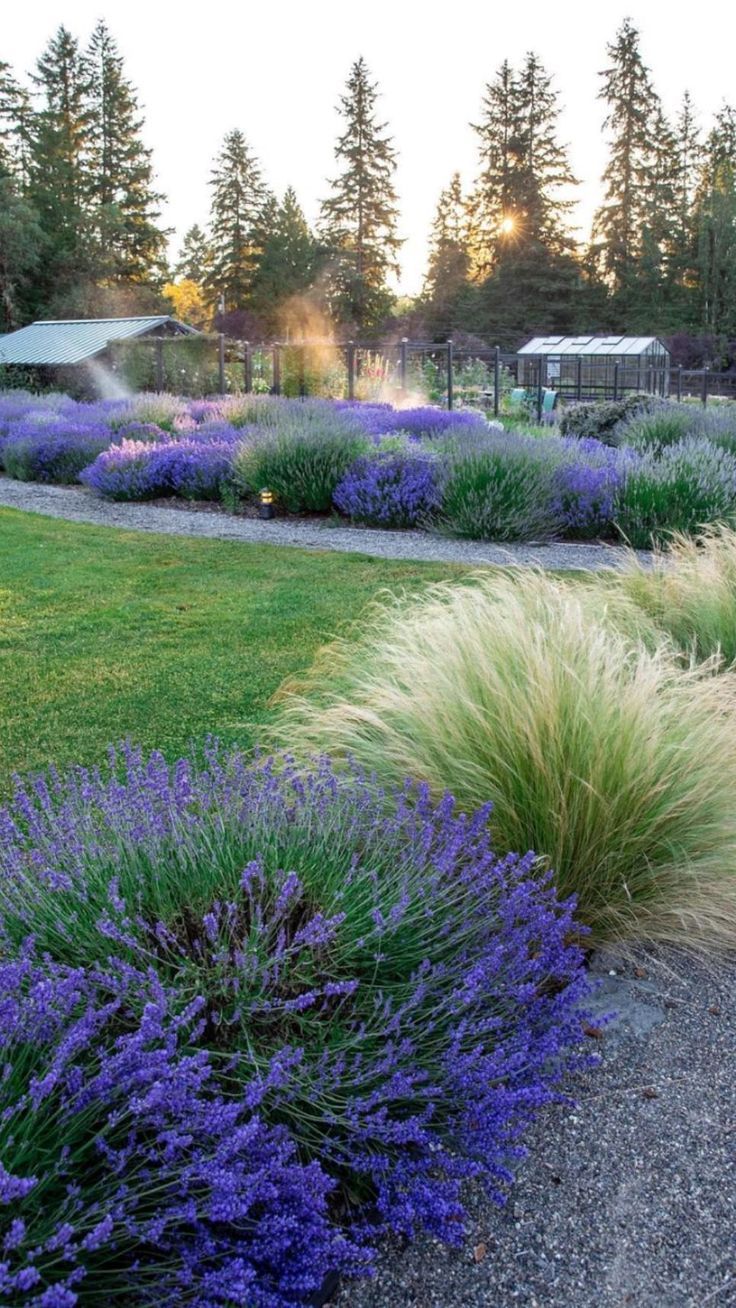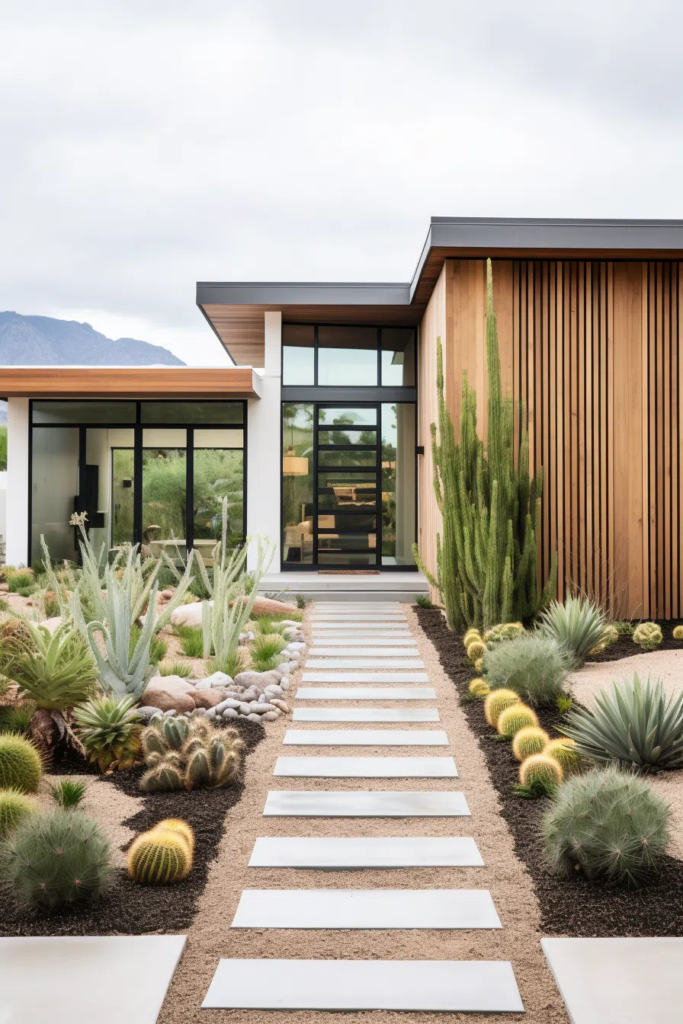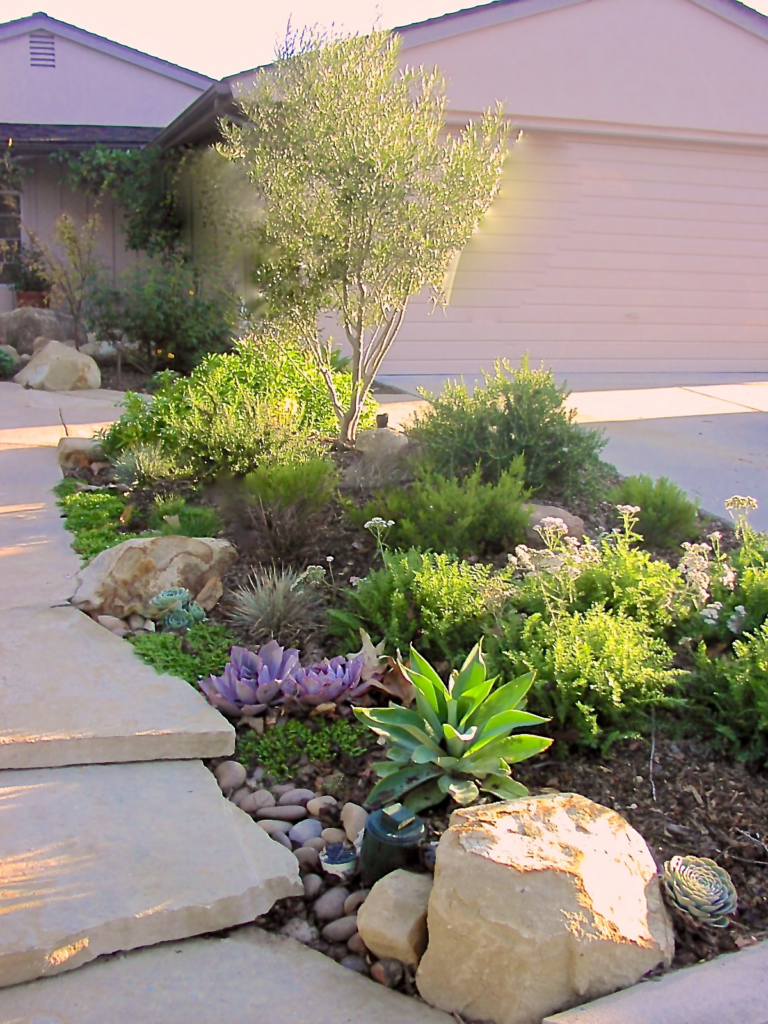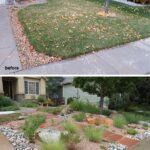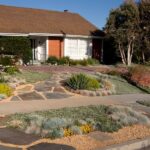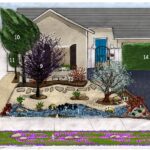Xeriscaping is an environmentally friendly landscaping method that focuses on using native plants and water-efficient techniques to create a beautiful landscape that requires minimal water. The term “xeriscape” comes from the Greek word “xeros,” which means dry, and “scape,” which means view or scene. This landscaping approach is becoming increasingly popular, especially in areas with limited water resources and a need for water conservation.
One area where xeriscaping can be particularly effective is in the front yard. By incorporating native plants that are well-suited to the local climate and soil conditions, homeowners can create a stunning and sustainable landscape that requires little maintenance and water. Xeriscaping front yards not only helps to conserve water but also reduces the need for chemical fertilizers and pesticides, making it a more eco-friendly option for homeowners.
One of the key principles of xeriscaping is to use plants that are well-adapted to the local climate and soil conditions. By choosing native plants, homeowners can create a landscape that is not only more resilient to drought but also attracts local wildlife and pollinators. In addition to selecting the right plants, xeriscaping front yards also involves using techniques such as mulching, proper irrigation, and soil improvement to help conserve water and promote healthy plant growth.
While xeriscaping front yards can be a more sustainable and eco-friendly landscaping option, many homeowners are often concerned that it may not be as visually appealing as traditional landscaping. However, with proper planning and design, xeriscaped front yards can be just as beautiful and vibrant as any other landscape. By carefully selecting a variety of native plants with different colors, textures, and heights, homeowners can create a dynamic and visually interesting front yard that is also water-efficient.
In addition to its environmental benefits, xeriscaping front yards can also help homeowners save time and money on landscaping maintenance. Since native plants are well-adapted to local conditions, they require less water and maintenance than exotic or non-native plants. This means less time spent watering, fertilizing, and pruning, as well as lower water bills and landscaping costs in the long run. By reducing the need for chemical fertilizers and pesticides, xeriscaping also promotes a healthier and more natural ecosystem in the front yard.
Overall, xeriscaping front yards is a sustainable and practical landscaping option that not only helps to conserve water and promote biodiversity but also creates a beautiful and low-maintenance landscape for homeowners to enjoy. By incorporating native plants, water-efficient techniques, and proper design principles, homeowners can create a front yard that is both visually appealing and environmentally friendly. With the growing emphasis on water conservation and sustainability, xeriscaping is an excellent choice for homeowners looking to create a more eco-friendly and resilient landscape.
